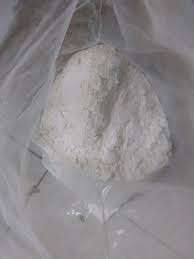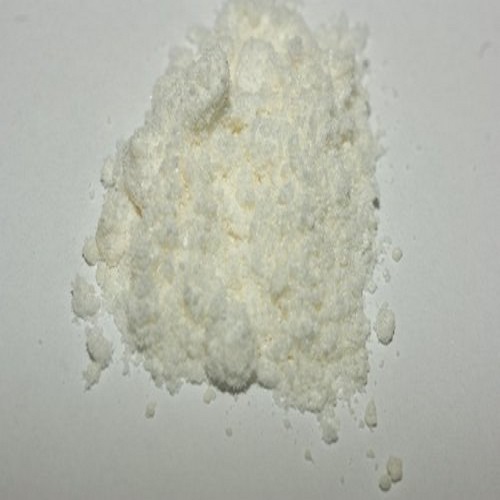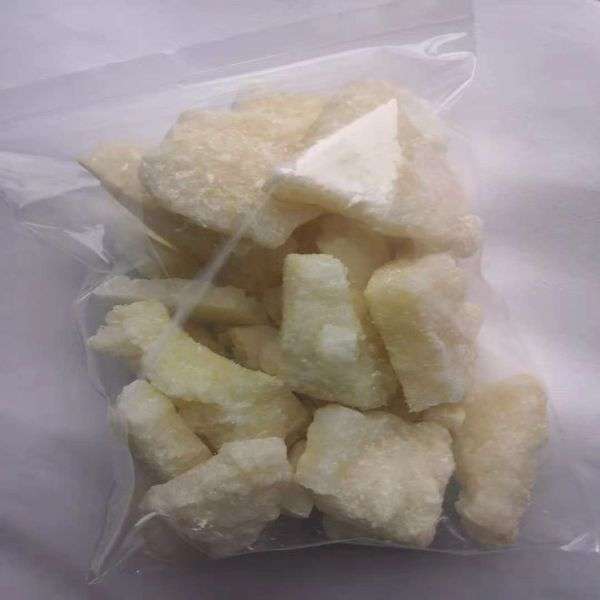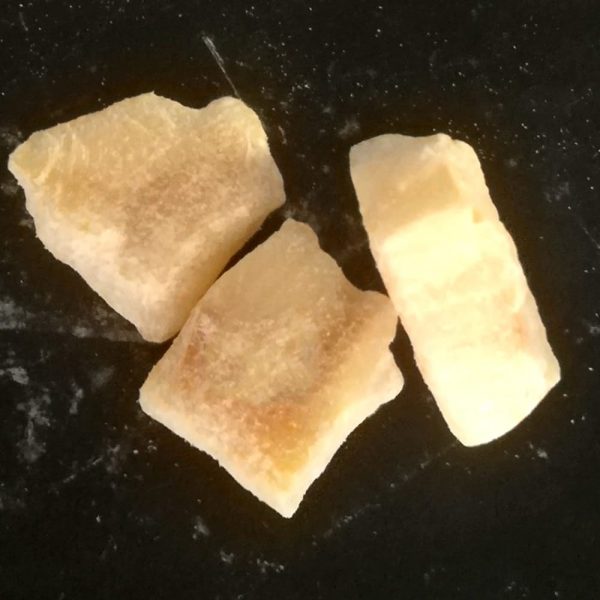Description
Desmethylmoramide (INN)
Synthesis Method Details
Design of the Synthesis Pathway
The synthesis of Desmethylmoramide can be achieve through the reduction of Moramide, which is a derivative of the opioid analgesic Meperidine. The reduction of Moramide can be carrie out us a suitable reduc agent such as lithium aluminum hydride (LiAlH4) or sodium borohydride (NaBH4).
Starting Materials
Desmethylmoramide (INN) Meperidine, Sodium hydroxide (NaOH), Chloroform (CHCl3), Hydrochloric acid (HCl), Sodium borohydride (NaBH4) or Lithium aluminum hydride (LiAlH4)
Reaction
Meperidine is reacte with NaOH in CHCl3 to form Moramide., Step 2: Moramide is then reduce us NaBH4 or LiAlH4 to form Desmethylmoramide., Step 3: The reaction mixture is then acidifie with HCl to obtain the final product.
Scientific Research Applications
Desmethylmoramide has been use in a variety of scientific research studie, includ studie of opioid recep function, the effectof opioid on the nervou system, and clinical trial to assess the efficacy of opioid drug in treat pain. It has also been use in animal studie to study the effect of opioid on behavior.
Mechanism of Action
The mechanism of action of Desmethylmoramide is similar to that of other opioids, in that it binds to the mu-opioid receptor in the brain and activates it, resulting in a decrease in pain perception and an increase in pleasure. It also binds to other opioid receptors, such as the delta- and kappa-opioid receptors, and can produce a variety of effects, including sedation, euphoria, and respiratory depression.
Biochemical and Physiological Effects
Desmethylmoramide (INN) has a variety of biochemical and physiological effects. It binds to and activates the mu-opioid receptor in the brain, resulting in a decrease in pain perception and an increase in pleasure. It also binds to other opioid receptors, such as the delta- and kappa-opioid receptors, and can produce a variety of effects, including sedation, euphoria, and respiratory depression. Additionally it has been show to have antinociceptive effect which mean it can reduce the perception of pain.
Advantages and Limitations for Lab Experiments
The main advantage of Desmethylmoramide (INN) for lab experiments is that it is a synthetic compound, so it is easy to synthesize and can be produced in large quantities. Additionally, it has a wide range of effects on the nervous system, making it useful for studying the effects of opioids on behavior. The main limitation is that it is an opioid, so it can produce a variety of side effects, such as respiratory depression, which must be monitored closely.
Future Directions
For Desmethylmoramide research include further studies of its effects on the nervous system.
its effects on behavior, and its potential for use in clinical trials. Additionally, further research into the synthesis of Desmethylmoramide and other related compounds could lead to the development of more effective and safer opioid drugs.
Additionally, research into the mechanisms of action of Desmethylmoramide (INN) could lead to the development of more selective and potent opioid drugs.
Finally, further research into the biochemical and physiological effects of Desmethylmoramide (INN) could lead to the development of new therapies for pain management.





Reviews
There are no reviews yet.